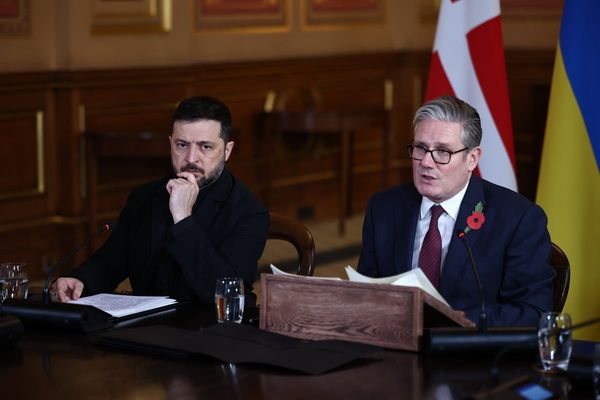In the past three months, there have been three fatal police shootings across Queensland.
A First Nations man was killed in Mareeba, an army veteran died by gunshot in Townsville, and another Indigenous man was killed in Brisbane.
According to the Queensland Police Service (QPS), police fatally shot eight people in 2022, three of whom were Indigenous Australians.
Police officers turn up to work every day to protect and serve society.
But, how do they balance that goal with protecting their own lives?
In what situations can police fire a gun?
According to the Queensland police operational procedures manual, officers can use lethal force when they are protecting themselves or others from death or grievous bodily harm.
The use of a gun is designed to stop the threat at hand, and police are taught to aim for the centre of the mass they see, to increase accuracy.
Former Queensland police officer of 28 years and now associate Bond University professor and lawyer, Terry Goldsworthy, said this often means the torso of the perpetrator.
"Aiming in this area means there is a high chance it will be fatal which is why they treat the use of guns so seriously," he said.
Often after police shootings, people are left wondering why the perpetrator wasn't shot in a limb or somewhere that would induce less damage.
"If an officer is pulling out a gun, it is to stop the threat," Dr Goldsworthy said.
"It is not to wring out the threat or injure them."
Officers are taught that they can keep shooting until the threat is eliminated.
On Sunday, an officer shot the 29-year-old man three times.
How much training do police undergo?
Currently, Queensland police undergo two weeks of firearm training in their first year, as part of the Recruit Training Program.
They then participate in Operational Skills and Tactics Training once a year for two days, which includes firearm requalification, according to a QPS spokesperson.
This includes scenario-based training.
Dr Goldsworthy said that when an officer is in a high-stress situation, and adrenaline kicks in, it's harder to recall their training.
This is why he thinks training should be more frequent than once or twice a year.
The Queensland Police Union said that a variety of training is needed and "not just using stationary paper targets".
"We would like the training to be broad using all available technology, including operating in low-light situations," union president Ian Leavers said.
Why don't they just use tasers?
Introduced to Queensland officers in 2008, tasers are one of the weapons of force police can deploy in hostile situations.
But, according to Dr Margo van Felius — who was a Queensland officer for 16 years and now works at Griffith Criminology Institute — tasers are only useful within a small range of around 6 to 7 metres.
"By the time the person is close enough to use a taser, it could be too late and the officer may be at risk," she said.
The two probes of the taser must contact the target which requires a high level of accuracy, so if someone was charging at an officer with a knife, Dr Goldsworthy doesn't think a taser would be appropriate.
Police are supposed to operate within a "use of force" model, which allows them to escalate and de-escalate situations.
This includes strategies from creating space between the assailant and others, to tactical communication, all the way to lethal force such as guns.
A QPS spokesperson said: "Police utilise tactical communication to attempt to de-escalate any use of force situation, and where force must be used to always apply the minimal use of force necessary to resolve the incident."







